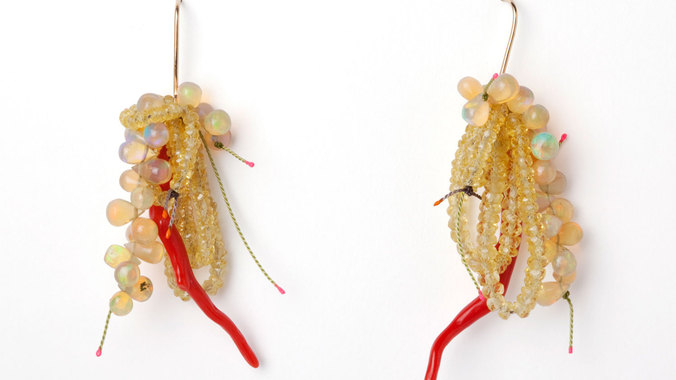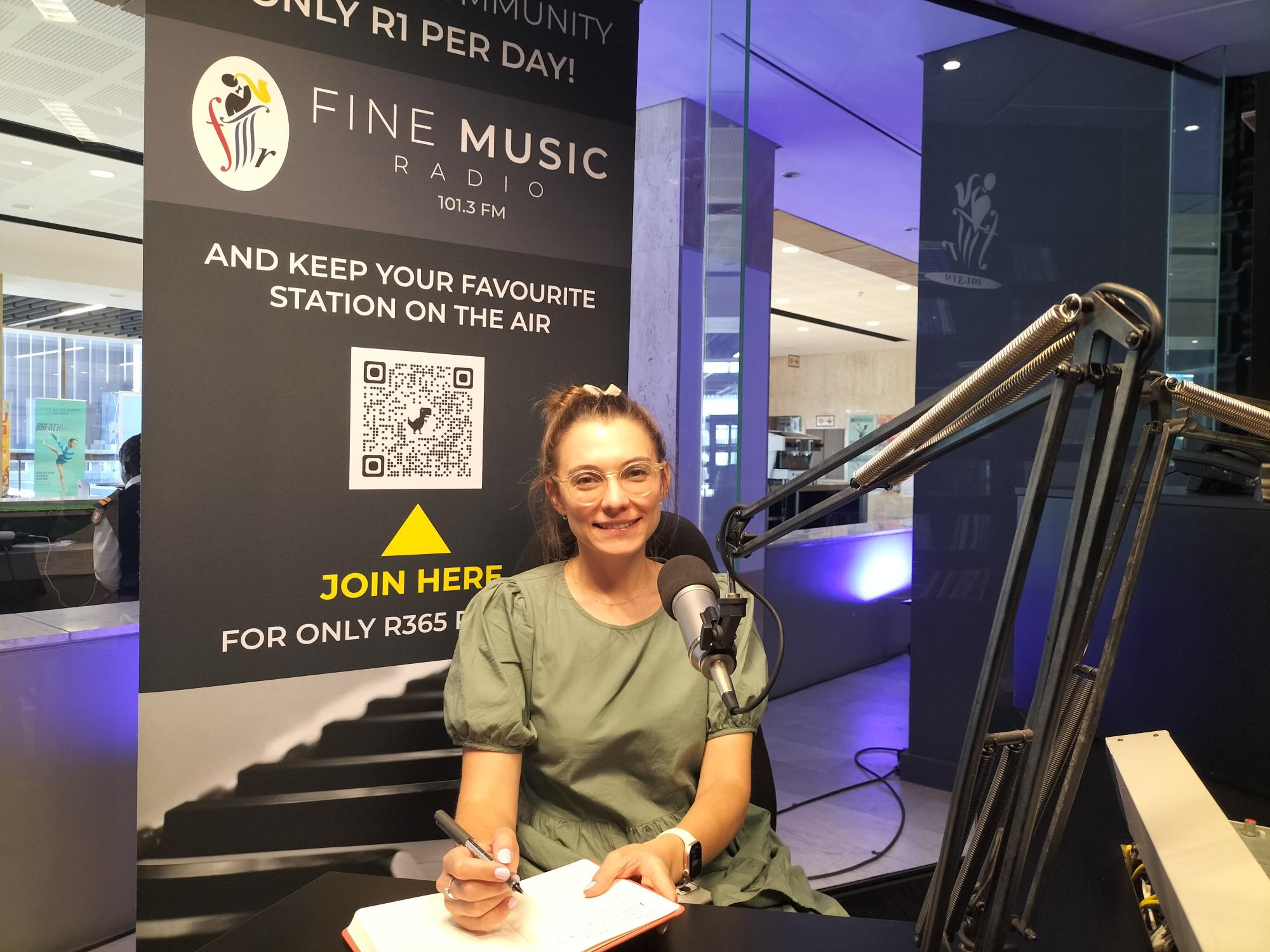Five up-and-coming designers were paired with experts in their relevant fields in order to allow for collaboration and skills transfer, writes Zodwa Kumalo-Valentine.
Under the direction of Lindi Ndebele-Koka, who is acting chief director: cultural development in the Arts Culture & Promotion Unit, the Emerging Creatives programme is described as “part of the DAC’s strategic directive to empower through the arts and induce radical transformation and economic growth.”
DAC has committed close to R2-million in the implementation of the partnership programmes:
the Emerging Creatives Mentorship and Exhibition programme,
support towards the Young Designer’s Simulcast platform (which offers design students and other youth with an opportunity to view the proceedings from the main plenary at a discounted rate by means of a live broadcast),
the Design Incubator Programme.
From the 40 emerging creatives, Design Indaba and DAC chose five up-and-coming designers and paired them with experts in their relevant fields in order to allow for collaboration and skills transfer.
The mentees were Buzwe “Buzz” Nxasana, Chantell Lungiswa Joe, Muhammad Gangnat, Koketso Mohlala and Musonda Kabwe. The industry experts include Mark Horner and Andrew Makin (Design Work Shop), Bryan Ramkilawan (Cape Town Fashion Council), Veejay Archary (Black Africa Brand Consulting), Geraldine Fenn (Tinsel) and Ross Chowles (Jupiter Drawing Room).
For a minimum of six one-hour sessions and a fee of R15 000 paid to them by DAC, Fenn and designer husband Eric Loubser combined efforts to mentor Koketso Mohlala of Ditsala Designs and Creations. Mohlala studied jewellery design and manufacturing at Atteridgeville Jewellery Projects. “We are free to decide how to structure the sessions and ended up doing a session once a week. We mostly worked on production development but when a student isn’t in a studio with you all the time there’s a limit to how much practical stuff you can do.
“Our goal was for her to develop her products into more polished, resolved pieces while keeping true to her own design aesthetic, which I think she accomplished very nicely. We also wanted her to have a cohesive collection to show at Expo and considered branding which would attract buyers. She sold very well at the show and has been busy with orders ever since. According to a friend who was there she was one of the few Emerging Creatives who paid attention to the whole package from the display to branding,” says Fenn who used to be involved with the Design Indaba as a curator in the jewellery section of the Expo.
But now that the Design Indaba Expo has been dismantled, the international visitors have gone home and local buzz has dissipated what happens to the programme and what is it long-term forecast for the chosen designers?
Through the mentorship programme called the Incubator Programme, DAC and the South African Bureau of Standards (SABS) Design Institute have been mentoring six young designers to help them build sustainable creative enterprises, while exposing them to the industry’s best practices and standards. DAC is tasked with developing and transforming the creative sector while the SABS Design institute acts as a catalyst for economic growth through design.
The six incubates are Lungelo Mashaba, Mokoena Kobeli, Msizi Luthuli, Mzukisi Mbane, Siyanda Mbele, Thandiswa Bonani. The idea is to create an environment that will equip and empower previously disadvantaged individuals to increase their intake into the following year’s Emerging Creatives initiative. It’s a year-long mentorship by the SABS Design Institute through four phases, says the DAC.
“Designers bring their prototype designs which are then improved to the next level of product development, they are provided with information and advice on intellectual property rights relating to patents, designs, copyright and trademarks.
“The designers are also taught about marketing their business, pricing, product packaging and branding. Incubates will then be introduced to potential buyers and retailers who are interested in their products. Finally they will be provided with Capital Venture funding that will bridge the gap in starting up their businesses.”
Full report, see Mail & Guardian






